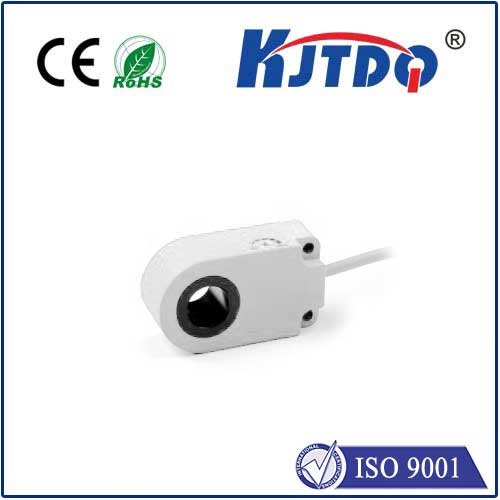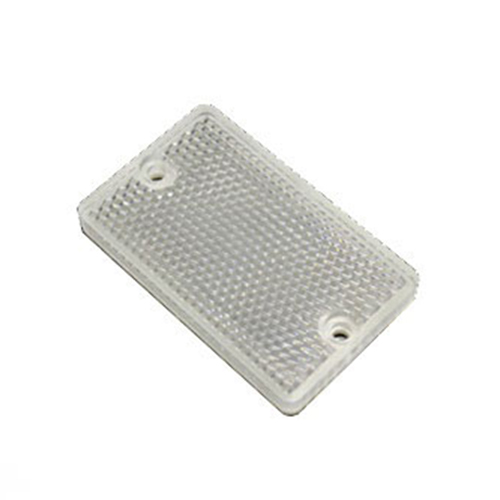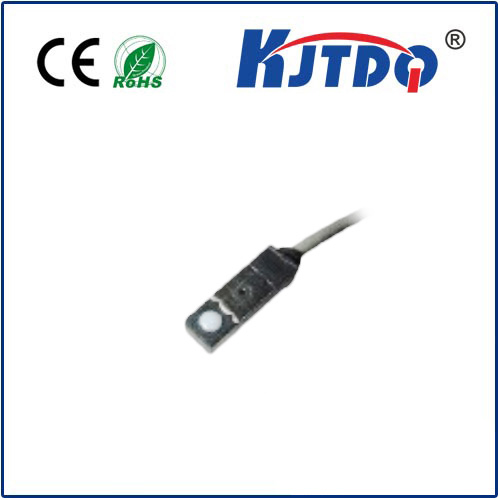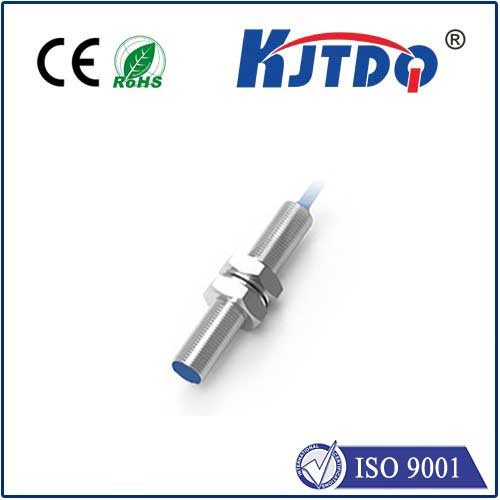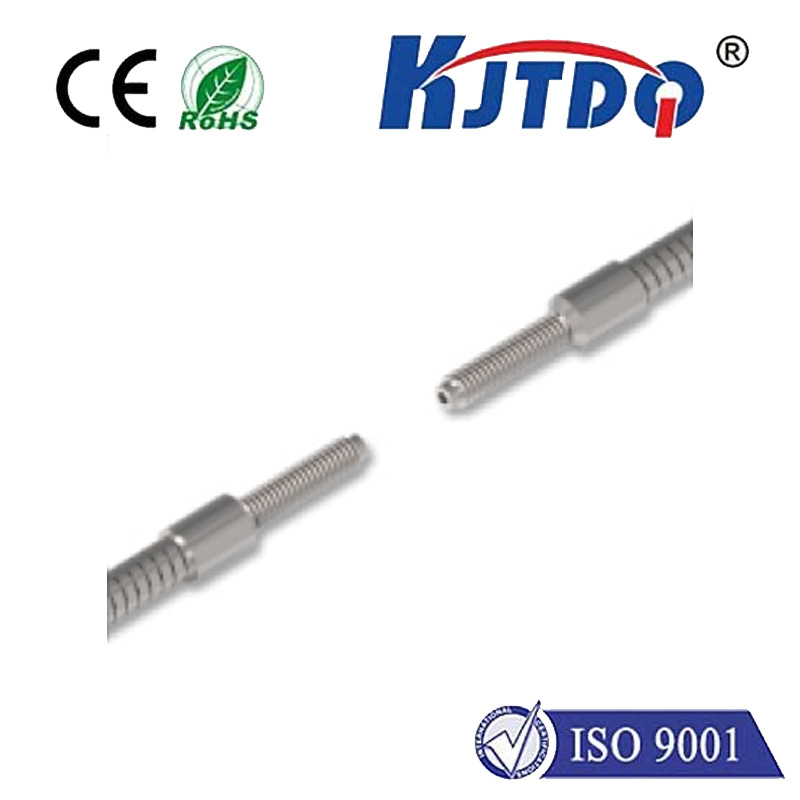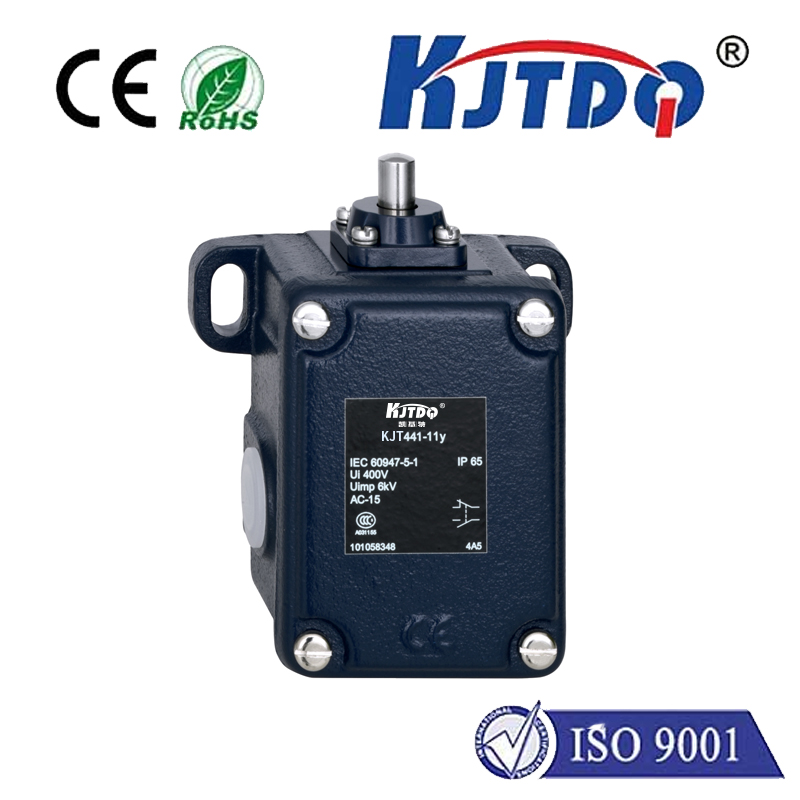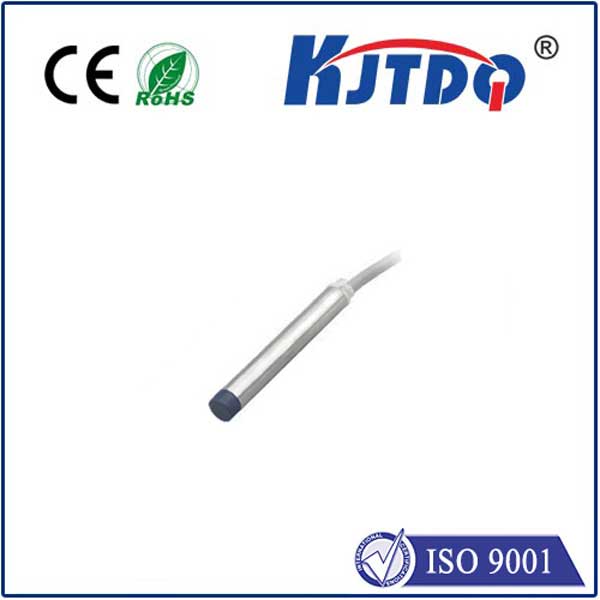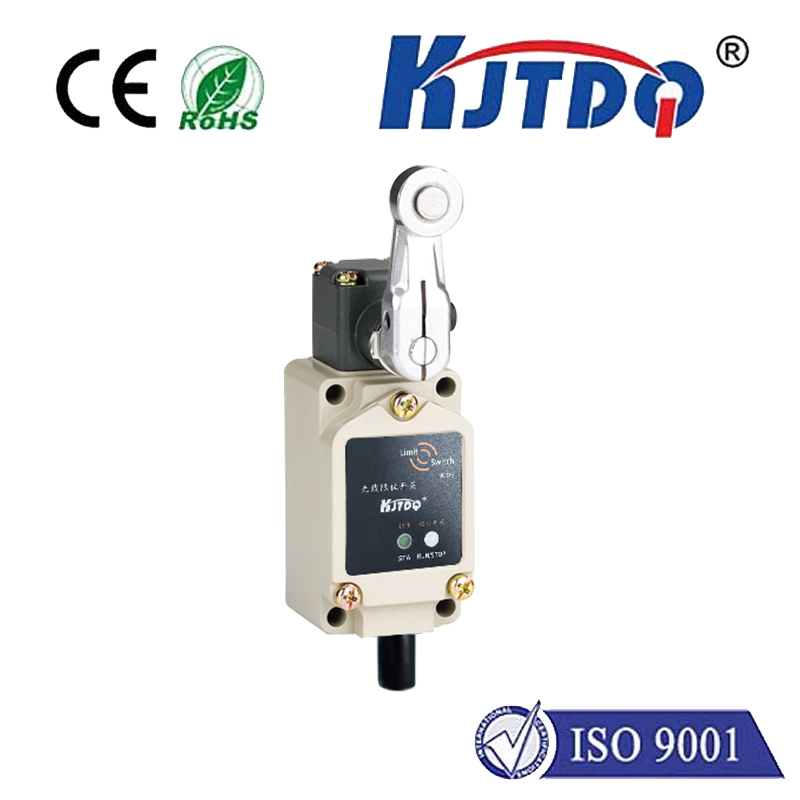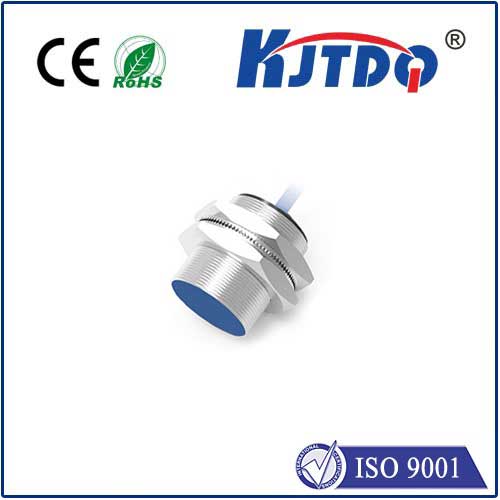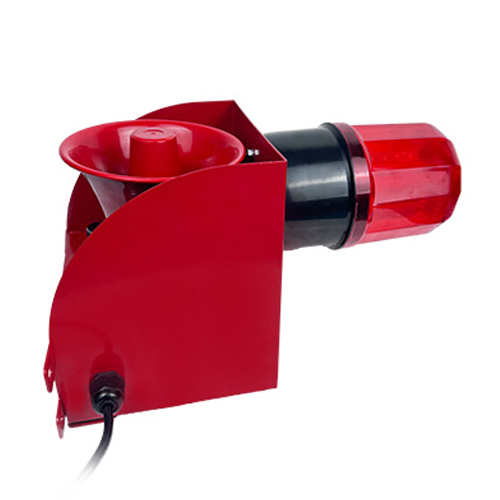vl53l0x vl53l1x
- time:2025-03-28 00:39:25
- Нажмите:0
VL530X vs. VL53L1X: Choosing the Right Time-of-Flight Sensor for Your Project
In the world of proximity sensing and distance measurement, STMicroelectronics has made a significant impact with its VL53L0X and VL53L1X Time-of-Flight (ToF) sensors. These compact, high-performance sensors have become go-to solutions for applications ranging from robotics to smartphones. But with two options available, how do you decide which one is right for your project? This article dives into the key differences, features, and use cases of the VL53L0X and VL53L1X to help you make an informed choice.
Understanding Time-of-Flight Technology
Before comparing the two sensors, it’s essential to understand the technology behind them. Time-of-Flight (ToF) sensors measure distance by emitting a light signal (usually infrared) and calculating the time it takes for the signal to reflect off an object and return to the sensor. This method provides highly accurate distance measurements, even in challenging environments.
Both the VL53L0X and VL53L1X utilize this principle, but they differ in terms of Спектакль, range, and functionality. Let’s explore these differences in detail.
VL53L0X: The Pioneer in Compact ToF Sensing
The VL53L0X was the first ToF sensor introduced by STMicroelectronics, and it quickly gained popularity for its compact size and ease of integration. Here are its standout features:

- Range: The VL53L0X offers a measuring range of up to 2 meters, making it suitable for applications like gesture recognition, obstacle avoidance, and object detection in close proximity.
- Точность: It provides millimeter-level accuracy, ensuring precise distance measurements.
- Размер: With its tiny form factor, the VL53L0X is ideal for space-constrained designs, such as smartphones and wearables.
- Power Consumption: It operates on low power, making it a great choice for battery-powered devices.
The VL53L0X is a versatile sensor, but its limited range and basic functionality may not meet the needs of more advanced applications. This is where the VL53L1X comes into play.
VL53L1X: The Next-Generation ToF Sensor
The VL53L1X builds on the success of the VL53L0X, offering enhanced performance and additional features. Here’s what sets it apart:
- Extended Range: The VL53L1X boasts a measuring range of up to 4 meters, doubling the capabilities of its predecessor. This makes it suitable for applications like drones, industrial automation, and robotics.
- Multi-Zone Scanning: One of the most significant upgrades is the multi-zone scanning feature. The VL53L1X can divide its field of view into multiple zones, allowing for more detailed spatial awareness.
- Improved Ambient Light Immunity: The sensor is designed to perform better in environments with high ambient light, ensuring reliable measurements even in challenging conditions.
- Advanced Algorithms: The VL53L1X incorporates sophisticated algorithms for better noise reduction and data processing, resulting in more accurate and stable readings.
While the VL53L1X offers superior performance, it also comes with a slightly higher cost and larger footprint. Therefore, it’s essential to weigh these factors against your project requirements.
Key Differences at a Glance
To make the comparison clearer, here’s a summary of the key differences between the VL53L0X and VL53L1X:
| Особенности |
VL53L0X |
VL53L1X |
| Range |
Up to 2 meters |
Up to 4 meters |
| Multi-Zone Scanning |
Нет! |
- Да. |
| Ambient Light Immunity |
Moderate |
Высокий |
| Размер |
Compact |
Slightly larger |
| Cost |
Lower |
Higher |
Choosing the Right Sensor for Your Project
The decision between the VL53L0X and VL53L1X ultimately depends on your application’s specific needs. Here are some scenarios to help you decide:
- For Short-Range Applications: If your project involves close-range sensing, such as gesture recognition or touchless interfaces, the VL53L0X is a cost-effective and efficient choice.
- For Long-Range Applications: For tasks like drone navigation or industrial automation, where a longer range is required, the VL53L1X is the better option.
- For Complex Environments: If your application operates in environments with high ambient light or requires spatial awareness, the advanced features of the VL53L1X make it the preferred choice.
Real-World Applications
Both sensors have found their way into a wide range of industries. Here are some examples:
- Smartphones: The VL53L0X is commonly used for autofocus enhancement and proximity sensing in mobile devices.
- Робототехника: The VL53L1X’s extended range and multi-zone scanning make it ideal for autonomous navigation and collision avoidance in robots.
- Потребительская электроника: From smart speakers to AR/VR devices, both sensors are employed for gesture control and object detection.
- Промышленная автоматизация: The VL53L1X’s robustness and long-range capabilities are leveraged in warehouse automation and material handling systems.
Integration and Development
Both the VL53L0X and VL53L1X are designed for easy integration, with support for I2C communication and comprehensive development resources. STMicroelectronics provides libraries, datasheets, and application notes to streamline the development process. Whether you’re a hobbyist or a professional engineer, getting started with these sensors is straightforward.
Выводы
The VL53L0X and VL53L1X are both exceptional Time-of-Flight sensors, each with its unique strengths. While the VL53L0X excels in compact, short-range applications, the VL53L1X offers enhanced performance and versatility for more demanding tasks. By understanding their differences and evaluating your project requirements, you can select the sensor that best aligns with your goals. Whether you’re building a cutting-edge smartphone or an autonomous robot, these sensors provide the precision and reliability you need to bring your vision to life.

